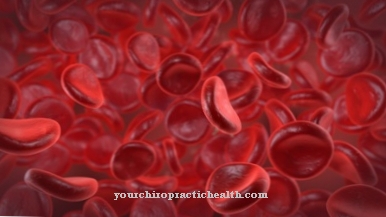The bacterium Yersinia pestis (also Pasteurelle pestis called) is the causative agent of the dangerous infectious disease plague. There are several forms of plague, bubonic plague, pulmonary plague, plague sepsis, skin plague, abortive plague, and plague meningitis. Except for the skin plague, all of them are very dangerous and, if left untreated, are often fatal. Today, 10 to 15 percent of the patients treated still die from the disease.
What is Yersinia Pestis?
The plague bacterium Yersinia pestis belongs to the Enterobacteriaceae family. It got its name from the Swiss doctor and explorer Alexandre Yersin, who researched the plague and discovered the pathogen in 1894. It was also he who was the first to recognize that Yersina pestis is primarily transmitted by rats and mice or by rat fleas and insects.
The plague is not easy to diagnose at first. Often the first symptoms are mistaken for malaria, typhus and typhoid before the plague bumps become visible.
The plague bacterium is isolated from the blood, pus or the sputum of the sick and either viewed under a microscope with a stained color or grown in a culture. A test with special antigens is also in use.
Occurrence, Distribution & Properties
The story of the plague is a horror story. Plague epidemics have been reported since ancient times. The first recorded wave of the plague occurred in the 6th century. Their outbreak probably began in Egypt, from there spread over North Africa and the entire Mediterranean region, and hit the Byzantine Empire in particular. How many people fell victim to her is not known, but it was probably almost half of all people living in the region at the time. Entire family associations were exterminated, hardly anyone dared to leave the house, the fields remained uncultivated, and famine broke out.
The second great plague wave hit the same region again in the 8th century. In the 14th century the "Black Death" found its way across Europe. This time he probably came with traders from Asia, especially China. This plague epidemic also decimated the population very much and probably claimed millions of lives.
Until the 18th century and on the edges of Europe even into the 20th century, the plague kept recurring. The last major plague outbreak occurred in Central Asia in the late 19th and early 20th centuries, where it likely killed 12 million people.
One of the reasons the plague bacterium is so dangerous is that it can be transmitted in different ways. The infection usually begins with a rat flea biting a rat infected with the plague and then infecting other rats. So begins a great death of rats and the fleas, which can now no longer find host animals, also spread to mice, squirrels, other rodents and their hunters, but also to humans.
Not only rat fleas spread the plague, human fleas and many insects such as mosquitoes, lice, ants and spiders can also transmit them. In addition, infection occurs through direct contact with infected tissue, with objects or through droplet infection from person to person.
The incubation period for bubonic plague is around 7 days, and for pulmonary plague only a few hours to 2 days. Then the disease breaks out with a high fever, chills, headache and body aches, nausea, diarrhea and vomiting. Only 24 hours later the first pus-filled bumps appear due to the swelling of the lymph nodes. Pneumonic plague causes severe shortness of breath, coughing and black-blooded sputum. With plague sepsis or plague meningitis, patients often die before the first visible symptoms appear.
Illnesses & ailments
But even today, especially in Asia but also in Africa and North America, there are repeated cases of plague. According to the WHO, between 1000 and 2000 cases of illness are registered each year and the number of unreported cases is high. However, improved hygienic conditions, effective quarantine measures and effective treatment methods have prevented major epidemics.
The plague pathogen is still dangerous and illnesses occur again and again in the slums and slums of the world. There are now vaccines against the plague, but because of extreme genetic changes in the pathogen, they are comparatively poorly effective and have strong side effects. For this reason, they are only used in exceptional cases. However, there is the possibility of chemoprophylaxis for all people who have to travel to plague areas.
The plague pathogen also represents a great danger as a possible biological weapon. The WHO counts the bacterium yersinia pestis, just like the pathogens of Ebola, anthrax, cholera and smallpox, to the "dirty weapons" used by or in terror groups Wars could be used.
Today the plague is treated with effective antibiotics. The agents of first choice are streptomycin, tetracyclines and quinolones. In addition, the serious symptoms of the disease are alleviated and, if possible, the fever is lowered. The patients are strictly isolated in order to minimize the high risk of infection. If the patient survives a plague, there is lifelong immunity to this specific pathogen.




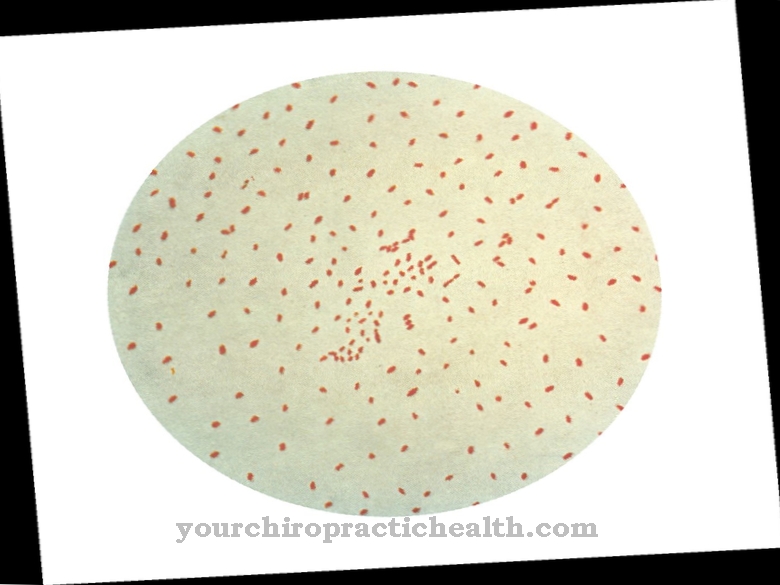
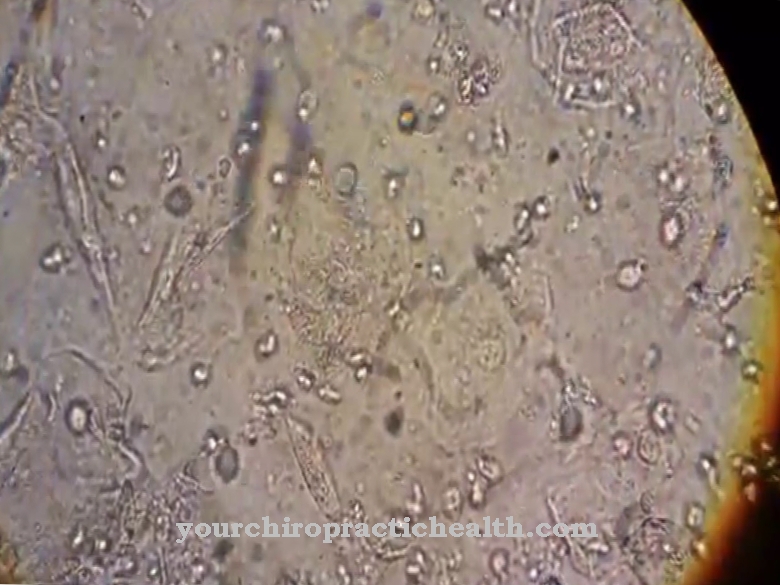
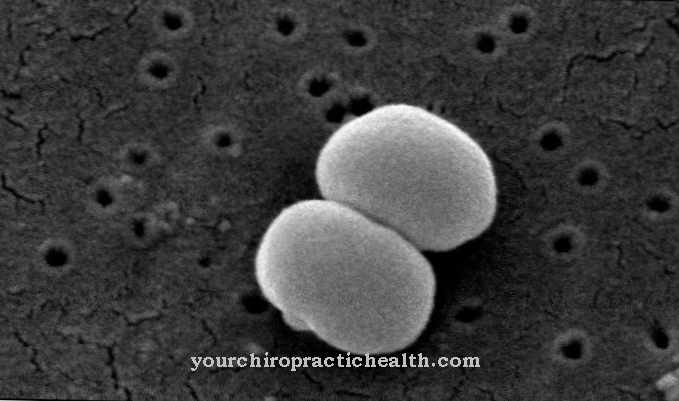




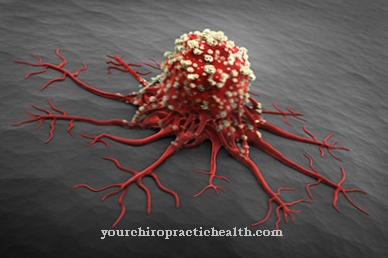










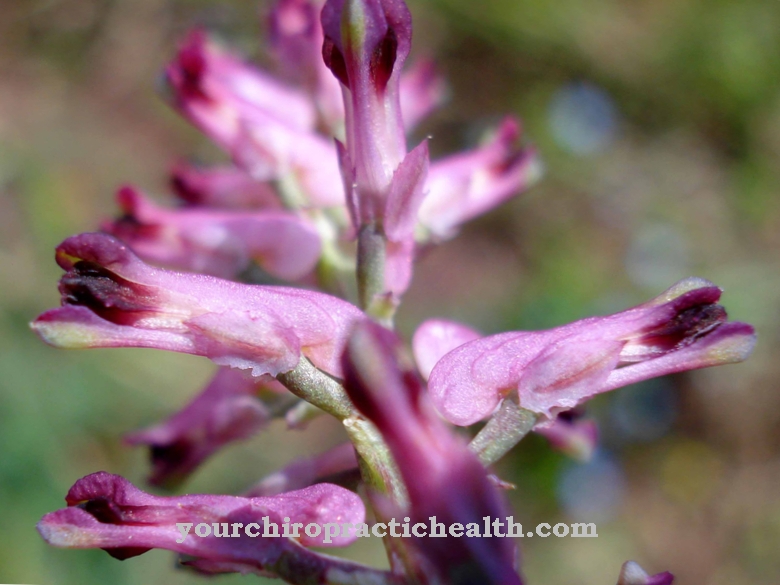
-eisenmangelanmie.jpg)

.jpg)


